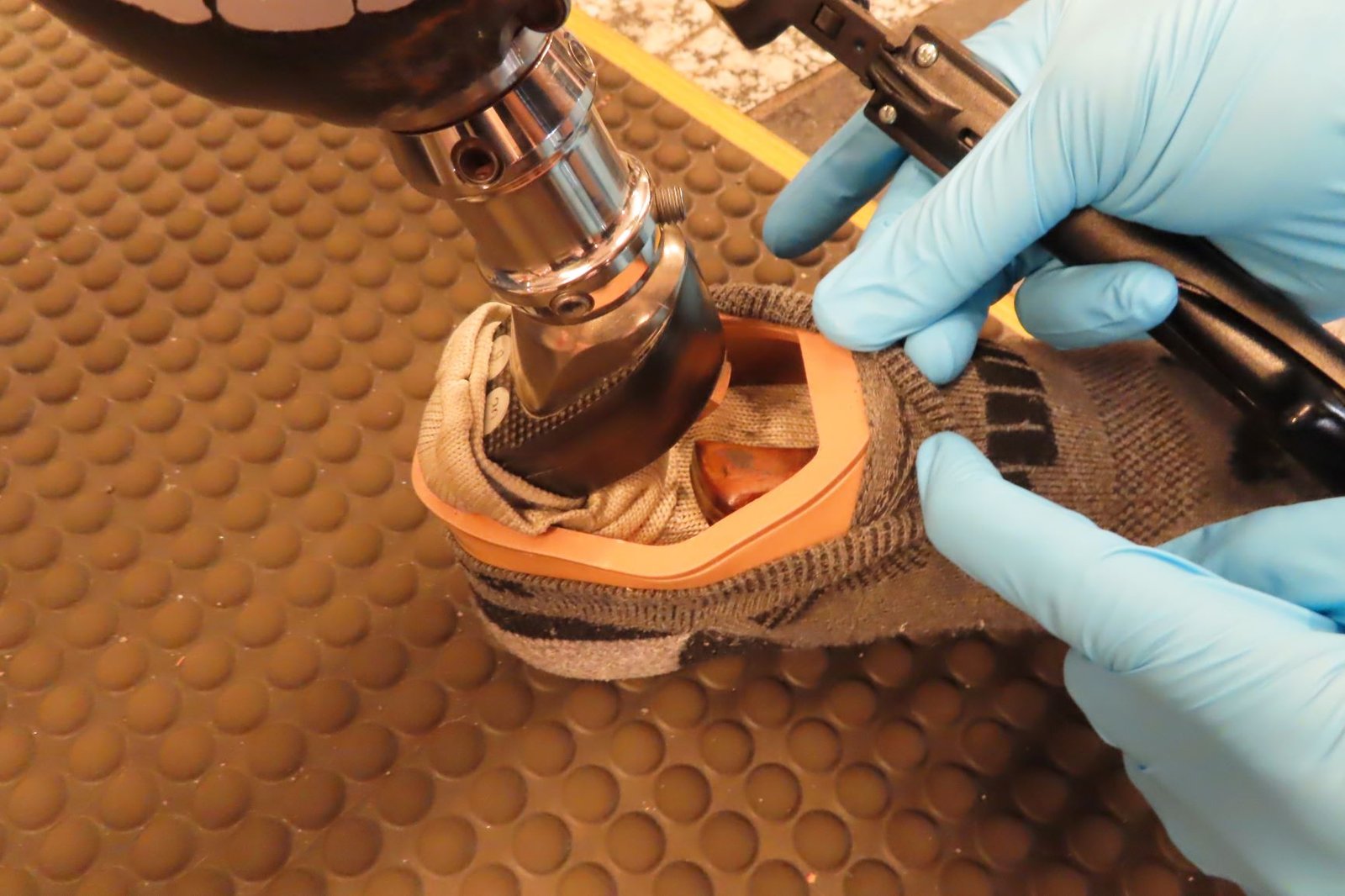A passenger brought this can of Sterno clearly marked as dangerous and flammable to a TSA checkpoint at Pensacola International Airport recently. With a little research he would have known it was prohibited and left it at home.
February 26, 2024
By TSA
Washington, DC – (Highpoint Digest) – More than three million questions were posed to the Transportation Security Administration’s AskTSA team last year and the result was informed passengers having a more pleasant travel experience at the airport.
Planning ahead and packing only what is permitted on the plane can facilitate the screening process and ease your travel experience.
Passengers can contact TSA over social media by sending a message to @AskTSA on X or Facebook Messenger. Passengers may also send a text directly to 275-872 (“AskTSA”) on any mobile device. An automated virtual assistant is available 24/7 to answer commonly asked questions and AskTSA staff are available 365 days a year from 8 a.m. to 6 p.m. Eastern Time (ET) for more complicated questions. Travelers may also reach the TSA Contact Center at 866-289-9673 from 8 a.m. to 11 p.m. ET on weekdays and 9 a.m. to 8 p.m. ET on weekends and holidays. An automated service is available 24 hours a day, seven days a week.
Another method to know what you may or may not pack in your carry-on or checked baggage before arriving at the airport is using the line on TSA.gov, the Transportation Security Administration’s website, on the top right that reads “what can I bring?” and also by reviewing the lists presented at https://www.tsa.gov/travel/security-screening/whatcanibring/all
But do realize that even if an item is generally permitted, it may be subject to additional screening or not allowed through the checkpoint if it triggers an alarm during the screening process, appears to have been tampered with, or poses other security concerns. Read about civil penalties for prohibited items.
“While some items would seem to be an obvious not-going-to-travel-in-the-cabin type of prohibited item such as steak knives, switch blades and hatchets, you would be surprised at how often our officers need to intercept them at our checkpoints to assure the safety and security of travelers,” said TSA Spokesperson Sari Koshetz. “A quick question to ask yourself before packing an item is whether you would want the passenger sitting next to you to have it. If your answer is no, then leave it at home.”
Well yes leave it at home or check with us to see if it would be permitted in checked baggage. Many items cannot travel on the plane at all.
Examples of these hazardous items that are not allowed on the plane in checked nor carry-on bags would be fireworks, flares, fully gassed chain saws (yes we have stopped those,) blasting caps, butane, bear spray, flammable paints, lighter fluid, torch lighters and vehicle airbags.
“Certain items require thinking about their chemical components before bringing them to the airport,” Koshetz said. “If an item is flammable, corrosive, or explosive in nature, it cannot go in your carry-on nor in your checked bag.”
Examples of these hazardous items that are not allowed on the plane in checked nor carry-on bags would be fireworks, flares, fully gassed chain saws (yes we have stopped those,) blasting caps, butane, bear spray, flammable paints, lighter fluid, torch lighters and vehicle airbags.
Source: TSA
Photo courtesy of TSA



